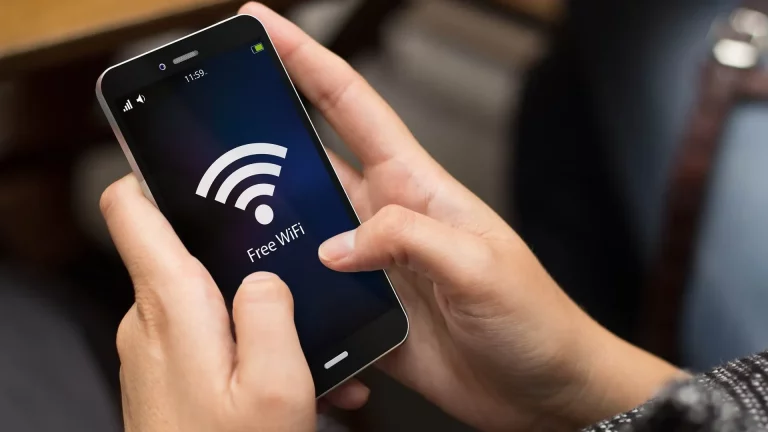With technological advances, medicine is undergoing a revolution. Furthermore, ultrasound mobile apps are at the forefront of this transformation. In this article, we'll explore how platforms like Clarius, Lumify, Butterfly iQ, SonoAccess, and Sonosuite are changing the way healthcare professionals make accurate diagnoses. These tools provide an affordable and convenient approach, facilitating access to quality medical services.

What are Ultrasound Mobile Apps?
Mobile ultrasound apps, which are innovative software, allow healthcare professionals to perform ultrasound exams directly on their smartphones or tablets. Additionally, these apps connect to portable ultrasound probes, offering a wide range of functionality. This includes everything from basic exams to detailed evaluations in various areas of medicine, significantly expanding the possibilities of diagnosis and patient care.
Exploring Top Applications
- Clarius: Recognized for its exceptional image quality, Clarius sets itself apart by offering a wide range of wireless ultrasound probes. These probes, in turn, connect to mobile devices, facilitating use. Additionally, its intuitive app allows healthcare professionals to easily perform exams anywhere, promoting a more flexible and accessible medical practice.
- Lumify: Developed by Philips, Lumify represents another popular application that innovatively transforms mobile devices into high-performance ultrasound systems. Additionally, it offers a wide range of transducers and incorporates advanced imaging capabilities, raising the standard of mobile healthcare and providing professionals with powerful tools for accurate and efficient diagnoses.
- Butterfly iQ: This innovative application uses a single ultrasound probe to provide high-resolution images in a wide variety of clinical applications. Its simple and easy-to-use interface makes it a popular choice among healthcare professionals.
- SleepAccess: Developed by GE Healthcare, SonoAccess offers a host of advanced features, including video tutorials and step-by-step guides, to help healthcare professionals obtain high-quality ultrasound images.
- Sonosuite: This comprehensive application offers a variety of tools for acquiring, storing and analyzing ultrasound images. It is widely used in a variety of medical specialties.
Impact and Challenges
Ultrasound mobile apps are revolutionizing medical practice, democratizing access to ultrasound exams and making them faster and more convenient. However, challenges related to patient data privacy and image accuracy still need to be addressed to ensure responsible use of this innovative technology.
Conclusion
With apps like Clarius, Lumify, Butterfly iQ, SonoAccess and Sonosuite leading the way, mobile ultrasound exams are becoming an increasingly common reality in modern medicine. These platforms are changing the way healthcare professionals diagnose, offering a new era of accessibility and convenience. However, it is important to continue addressing the challenges associated with this technology to ensure it is used ethically and effectively.


















 Modern livestock farming faces constant challenges, from effective herd management to optimizing production and ensuring animal health. One of the most critical and fundamental tasks in this process is weighing the cattle. Traditionally, this activity required considerable physical effort, resources and time, in addition to stressing the animals. However, technology offers innovative solutions that promise to revolutionize this task: applications for weighing livestock. These digital tools offer a practical, efficient and less invasive way to monitor animal weight, vital for managing herd health, nutrition and productivity.
Modern livestock farming faces constant challenges, from effective herd management to optimizing production and ensuring animal health. One of the most critical and fundamental tasks in this process is weighing the cattle. Traditionally, this activity required considerable physical effort, resources and time, in addition to stressing the animals. However, technology offers innovative solutions that promise to revolutionize this task: applications for weighing livestock. These digital tools offer a practical, efficient and less invasive way to monitor animal weight, vital for managing herd health, nutrition and productivity.